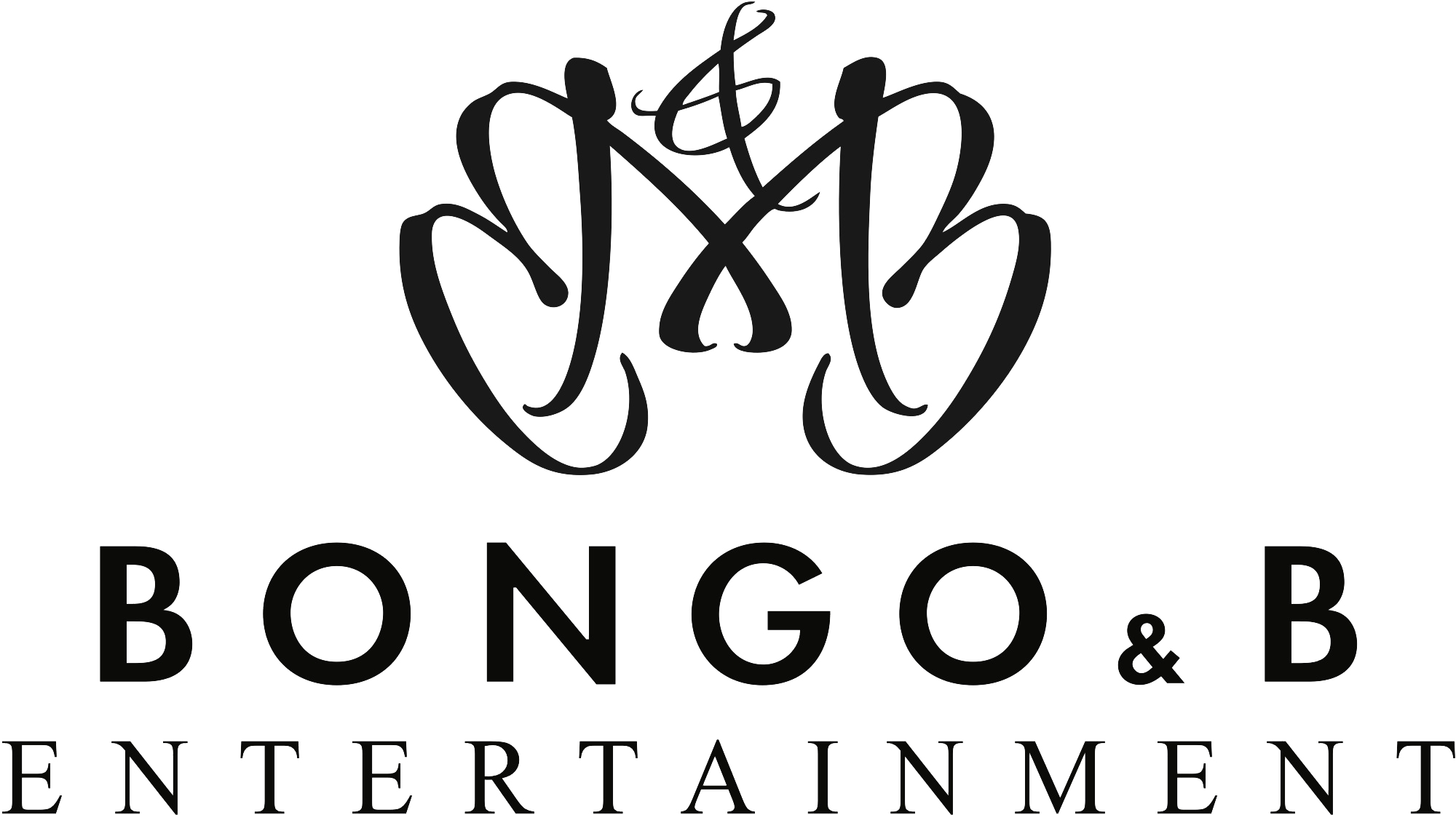Time is of the Essence: Mastering the Art of a Well-Defined Event Planning Timeline
Time is of the Essence: Mastering the Art of Event Planning with a Well-Defined Timeline
Organizing a successful event requires meticulous planning and efficient execution, and at the heart of it all lies a well-defined timeline. In the world of event planning, time is of the essence, and mastering the art of managing time is crucial to ensure everything falls into place seamlessly.
A well-structured timeline acts as a roadmap for event planners, guiding them through every step of the planning process. It helps them allocate resources effectively, set realistic goals, and ensure that all tasks are completed within their designated time frames. From sending out invitations and booking venues to arranging catering and coordinating with vendors, each aspect of event planning demands careful scheduling.
By adhering to a well-defined timeline, event planners can not only stay organized but also tackle unforeseen challenges with ease. They can anticipate potential delays, make necessary adjustments, and keep everything on track to achieve a successful outcome.
In this article, we delve into the importance of a well-defined timeline in event planning and provide invaluable insights on how to create and manage one effectively. Whether you’re planning a small social gathering or a large corporate event, mastering the art of event planning with a well-defined timeline will undoubtedly elevate your success rate.
The importance of event planning timelines
A well-defined timeline is the backbone of event planning. It provides structure and direction, ensuring that all tasks are completed in a timely manner. Without a timeline, event planners may face chaos and confusion, leading to missed deadlines, budget overruns, and a disorganized event.
A timeline helps event planners set priorities and allocate resources effectively. By breaking down the planning process into manageable tasks with specific deadlines, planners can ensure that each aspect of the event receives the attention it deserves. This prevents last-minute rushes and allows for thorough preparation.
Furthermore, a timeline helps event planners communicate their vision and expectations to their team and stakeholders. By sharing a clear roadmap of what needs to be done and when, everyone involved can align their efforts and work towards a common goal. This promotes collaboration and minimizes misunderstandings, leading to smoother execution.
In summary, a well-defined timeline is essential for successful event planning. It provides structure, helps with resource allocation, and promotes effective communication among the team.
Key elements of a well-defined event planning timeline
Creating a well-defined event planning timeline requires careful consideration of several key elements. These elements ensure that the timeline is comprehensive, realistic, and adaptable to unforeseen circumstances. Let’s explore each element in detail.
1. Identify Goals and Objectives: Before diving into the planning process, it is crucial to clearly define the goals and objectives of the event. This will guide the entire timeline and help prioritize tasks accordingly. Whether it’s raising funds for a charity organization or launching a new product, understanding the purpose of the event is essential.
2. Break Down Tasks: Once the goals and objectives are established, the next step is to break down the entire planning process into smaller, manageable tasks. Each task should have a specific deadline, allowing for a systematic approach to event planning. For example, tasks may include venue selection, vendor coordination, marketing, and logistics management.
3. Allocate Resources: Efficient resource allocation is key to successful event planning. Determine the budget, manpower, and other resources available for the event, and allocate them accordingly in the timeline. This ensures that resources are utilized optimally and that there are no bottlenecks in the planning process.
4. Consider Dependencies: Many tasks in event planning are dependent on others. For example, you can’t send out invitations until you have finalized the venue. Consider these dependencies and plan tasks accordingly in the timeline. This will help avoid delays and ensure a smooth flow of the planning process.
5. Build in Contingency: No matter how well you plan, there will always be unforeseen challenges along the way. Building in contingency time in the timeline allows for flexibility and adaptability. This ensures that unexpected issues can be addressed without derailing the entire planning process.
By incorporating these key elements into your event planning timeline, you can create a robust roadmap that covers all aspects of the event and allows for effective execution.
Pre-event planning tasks and deadlines
The pre-event planning phase is where the foundation for a successful event is laid. It involves various tasks and deadlines that need to be met in order to ensure a smooth planning process. Let’s take a look at some of the key pre-event planning tasks and their respective deadlines.
1. Define Event Scope and Budget: The first step in event planning is to determine the scope of the event and set a budget. This includes deciding on the type of event, the target audience, and the overall theme. Additionally, setting a budget helps allocate resources appropriately and prevents overspending. This task should ideally be completed at least six months before the event.
2. Secure the Venue: Finding the perfect venue is crucial for the success of any event. It’s important to research and visit multiple venues, negotiate contracts, and secure the desired location. The venue should be finalized at least four to six months in advance, especially for larger events that require more planning.
3. Develop a Marketing Strategy: A well-executed marketing strategy is essential to attract attendees and generate buzz for the event. This involves creating a comprehensive marketing plan, designing promotional materials, and utilizing various marketing channels such as social media, email marketing, and PR. The marketing strategy should be developed at least four months prior to the event to allow ample time for promotion.
4. Vendor Selection and Contracting: Events often require the services of various vendors, such as caterers, decorators, and audiovisual teams. Researching and selecting the right vendors, negotiating contracts, and finalizing agreements should be done at least three to four months in advance to secure their availability and ensure a smooth collaboration.
5. Send Invitations and Manage RSVPs: Once the event details are finalized, it’s time to send out invitations and manage RSVPs. Whether it’s through traditional mail, email, or online event platforms, invitations should be sent out at least two to three months before the event to give attendees ample time to respond and make necessary arrangements.
By setting clear deadlines for these pre-event planning tasks, event planners can ensure that everything is well-organized and on track for a successful event.
Creating a detailed event schedule
A detailed event schedule is a crucial component of any well-defined event planning timeline. It provides a comprehensive overview of the event, including the sequence of activities, timings, and responsibilities. Let’s explore how to create a detailed event schedule that ensures smooth execution.
1. Outline the Event Flow: Start by outlining the sequence of activities that will take place during the event. This includes the arrival of guests, opening remarks, presentations, entertainment, and any other planned activities. Consider the overall flow and ensure that each activity is allocated an appropriate amount of time.
2. Assign Time Slots: Once the event flow is outlined, assign specific time slots to each activity. Be realistic and allow for buffer times between activities to account for unforeseen delays or last-minute changes. Consider factors such as travel time between venues, setup and teardown requirements, and the overall pace of the event.
3. Identify Responsible Parties: Determine who will be responsible for each activity or task during the event. This includes event staff, volunteers, vendors, and any other relevant parties. Clearly communicate their roles and responsibilities to avoid confusion and ensure smooth coordination.
4. Communicate the Schedule: Once the event schedule is finalized, communicate it to all parties involved. This includes the event team, vendors, speakers, and performers. Provide them with a detailed schedule that outlines their specific responsibilities and timings. This promotes accountability and ensures that everyone is on the same page.
5. Continuously Monitor and Adjust: During the event, continuously monitor the progress and make necessary adjustments to the schedule as needed. Unforeseen circumstances may require changes to the timeline, and it’s important to be flexible and adaptable. Keep a backup plan in place and communicate any changes to all relevant parties.
By creating a detailed event schedule, event planners can ensure that the event runs smoothly and according to plan. It provides a clear roadmap for execution and helps keep everyone informed and accountable.
Coordinating with vendors and suppliers
Coordinating with vendors and suppliers is a critical aspect of event planning. From caterers and decorators to audiovisual teams and transportation providers, effective coordination ensures that all necessary services are in place for a successful event. Let’s explore how to effectively coordinate with vendors and suppliers.
1. Research and Select Reliable Vendors: Start by researching and selecting vendors who have a proven track record of delivering quality services. Look for reviews, seek recommendations, and meet with potential vendors to discuss your requirements. This ensures that you work with reliable partners who can meet your event needs.
2. Clearly Communicate Expectations: Once vendors are selected, clearly communicate your expectations and requirements. Provide them with detailed briefs, including event timelines, setup and teardown instructions, and any specific requests. This helps vendors understand your vision and deliver accordingly.
3. Establish Clear Lines of Communication: Effective communication is key to successful vendor coordination. Establish clear lines of communication with each vendor, including primary points of contact and preferred communication channels. Regularly check in with vendors to ensure that everything is on track and address any concerns or issues promptly.
4. Confirm and Reconfirm Services: As the event approaches, confirm all services with the vendors to ensure that they are still available and committed. This includes confirming quantities, delivery times, setup requirements, and any other necessary details. Reconfirming services helps prevent last-minute surprises and ensures that everything is in place as planned.
5. Maintain Relationships: Building good relationships with vendors and suppliers goes a long way in event planning. Treat them with respect, pay invoices on time, and provide feedback on their services. This fosters a positive working relationship and encourages vendors to go the extra mile to make your event a success.
By effectively coordinating with vendors and suppliers, event planners can ensure that all necessary services are in place and that everyone is working towards a common goal. Good vendor relationships contribute to a well-executed event.
Event promotion timeline
Promoting an event effectively is crucial for attracting attendees and generating interest. An event promotion timeline outlines the various marketing activities and deadlines leading up to the event. Let’s explore the key components of an event promotion timeline.
1. Create a Marketing Strategy: Start by creating a comprehensive marketing strategy that outlines your target audience, messaging, and promotional channels. This includes determining whether you’ll focus on digital marketing, traditional advertising, or a combination of both. Begin developing the marketing strategy at least four months before the event.
2. Design Promotional Materials: Design eye-catching promotional materials that align with your event theme and target audience. This includes posters, flyers, social media graphics, email templates, and any other relevant visuals. Set a deadline for finalizing the design and ensure that the materials are ready for distribution well in advance.
3. Leverage Social Media: Utilize social media platforms to create buzz and engage with potential attendees. Develop a social media content calendar that outlines the types of posts, frequency, and target audience. Start promoting the event on social media at least three months before the event and continue until the day of the event.
4. Send Out Press Releases: If your event has newsworthy elements, consider sending out press releases to local media outlets. Craft a compelling press release that highlights the unique aspects of your event and submit it to relevant journalists and media contacts. Send out press releases two to three months before the event to allow for coverage.
5. Collaborate with Partners and Sponsors: Leverage your partnerships and sponsorships to reach a wider audience. Coordinate with partners and sponsors to cross-promote the event through their networks, newsletters, and social media platforms. Set deadlines for submitting promotional content and ensure that all partners and sponsors are actively promoting the event.
By following an event promotion timeline, event planners can effectively create awareness and generate interest in their event. Consistent and targeted promotion plays a crucial role in attracting the right audience and maximizing attendance.
Managing event logistics and setup
Managing event logistics and setup is a critical aspect of event planning. From coordinating deliveries and ensuring proper setup to managing on-site operations, effective logistics management ensures a smooth and successful event. Let’s explore how to manage event logistics and setup efficiently.
1. Coordinate Deliveries and Setup: Create a detailed checklist of all the equipment, supplies, and materials required for the event. Coordinate with vendors and suppliers to ensure timely deliveries and setup. Schedule deliveries and setup well in advance to avoid any last-minute rush or delays.
2. Create a Floor Plan: Develop a floor plan that outlines the layout of the event space, including seating arrangements, exhibitor booths, and any other specific areas. This helps visualize the setup and ensures that everything fits in the designated space. Share the floor plan with the event team and vendors to ensure everyone is on the same page.
3. Assign Responsibilities: Clearly assign responsibilities to the event team members and vendors for various logistics tasks. This includes tasks such as setting up registration counters, managing audiovisual equipment, and coordinating with security personnel. Clearly communicate the roles and responsibilities to avoid confusion during the event.
4. Conduct Site Visits and Rehearsals: Prior to the event, conduct site visits and rehearsals to familiarize the event team with the venue layout and ensure smooth execution. This includes checking audiovisual equipment, testing lighting and sound systems, and rehearsing event flow. Site visits and rehearsals help identify any potential issues and allow for necessary adjustments.
5. Manage On-Site Operations: During the event, have a dedicated team to manage on-site operations and address any logistical issues that may arise. This includes coordinating with vendors, troubleshooting technical difficulties, and ensuring a smooth flow of activities. Regularly communicate with the event team to stay updated on the progress and address any concerns.
By effectively managing event logistics and setup, event planners can create a seamless experience for attendees and ensure that everything runs according to plan. Attention to detail and proactive problem-solving are key to successful logistics management.
Day-of-event timeline and execution
The day of the event is where all the planning and preparation come to fruition. A well-defined day-of-event timeline ensures that everything runs smoothly and that all tasks are executed as planned. Let’s explore how to create a day-of-event timeline and execute it successfully.
1. Finalize the Event Schedule: Double-check the event schedule and ensure that all timings and activities are accurate. Make any necessary adjustments based on last-minute changes or unforeseen circumstances. Share the final event schedule with the entire event team and stakeholders to ensure everyone is aware of the plan.
2. Arrival and Setup: Arrive at the event venue early to oversee the setup and ensure that everything is in place. Coordinate with vendors and suppliers
Post-event tasks and follow-up
On the day of the event, a well-defined timeline is essential to ensure smooth execution. It is crucial to establish a detailed schedule that outlines the sequence of events, including setup, guest arrivals, speeches, performances, and any other activities planned. This timeline should also allocate specific time slots for breaks and transitions to maintain a seamless flow.
The first step in creating a day-of-event timeline is to determine the event’s start and end times. From there, work backward and allocate time for each activity, considering factors such as setup and teardown, guest arrival and registration, and any necessary rehearsals. It is important to account for potential delays and buffer time in case of any unforeseen circumstances.
During the event, it is crucial to have a designated person or team responsible for keeping track of the timeline and ensuring that each activity starts and ends on time. This person should have excellent communication skills, as they will need to coordinate with various vendors, performers, and speakers to ensure everyone is aware of their allocated time slots.
Post-event tasks and follow-up
While the event may be over, the work doesn’t stop there. A well-defined timeline should also include post-event tasks and follow-up activities. It is important to allocate time for tasks such as collecting feedback from attendees, conducting post-event evaluations, and sending out thank-you notes or emails to sponsors, vendors, and other key stakeholders.
Collecting feedback from attendees is essential as it provides valuable insights into the event’s success and areas for improvement. Allocate time to analyze this feedback and identify any necessary changes for future events. Additionally, conducting post-event evaluations allows the event planning team to assess their performance, identify any challenges faced, and implement improvements for future events.
Sending out thank-you notes or emails is a crucial step in maintaining relationships with sponsors, vendors, and other key stakeholders. Allocate time within the timeline to ensure these expressions of gratitude are sent in a timely manner. Personalized thank-you messages can go a long way in establishing long-term partnerships and goodwill.
Conclusion: The power of a well-executed event planning timeline
In conclusion, a well-defined timeline is a cornerstone of successful event planning. It provides structure, organization, and efficiency to the planning process, ensuring that all tasks are completed on time and within budget. By adhering to a timeline, event planners can anticipate potential challenges, make necessary adjustments, and keep everything on track.
From the day-of-event timeline and execution to post-event tasks and follow-up, a well-executed event planning timeline covers every aspect of event management. It enables event planners to navigate through the complexities of organizing an event, ensuring a seamless and memorable experience for attendees.
So, whether you’re planning a small social gathering or a large corporate event, take the time to create a well-defined timeline. Master the art of event planning with a strategic approach to time management, and watch your events unfold flawlessly. Remember, time is of the essence, and with a well-executed timeline, you can truly master the art of event planning.
Conclusion: The power of a well-executed event planning timeline
A well-defined timeline is essential to the success of any event. It allows event planners to stay on top of all the moving parts involved in organizing an event and ensures that everything runs smoothly. Without a timeline, event planners risk overlooking important tasks, missing deadlines, and ultimately, compromising the success of the event.
One of the primary benefits of a well-defined timeline is that it allows event planners to allocate resources effectively. By setting clear deadlines for each task, event planners can ensure that they have enough time to complete each task and avoid last-minute rushes. This, in turn, helps them avoid overspending on resources and stay within their budget.
Another benefit of a well-defined timeline is that it helps event planners set realistic goals. By breaking down the planning process into smaller, achievable tasks, event planners can avoid feeling overwhelmed and stay motivated throughout the planning process. This, in turn, helps them maintain focus on the end goal and achieve a successful outcome.
Finally, a well-defined timeline allows event planners to anticipate potential delays and make necessary adjustments. In the world of event planning, unforeseen challenges are common, and having a well-defined timeline in place helps event planners stay flexible and adapt to changing circumstances.





